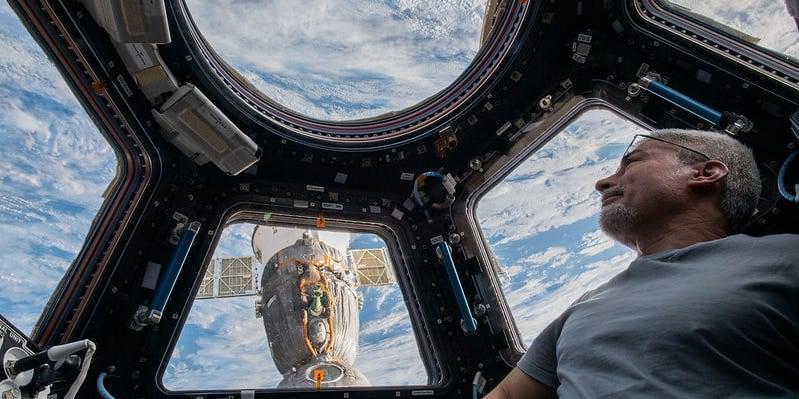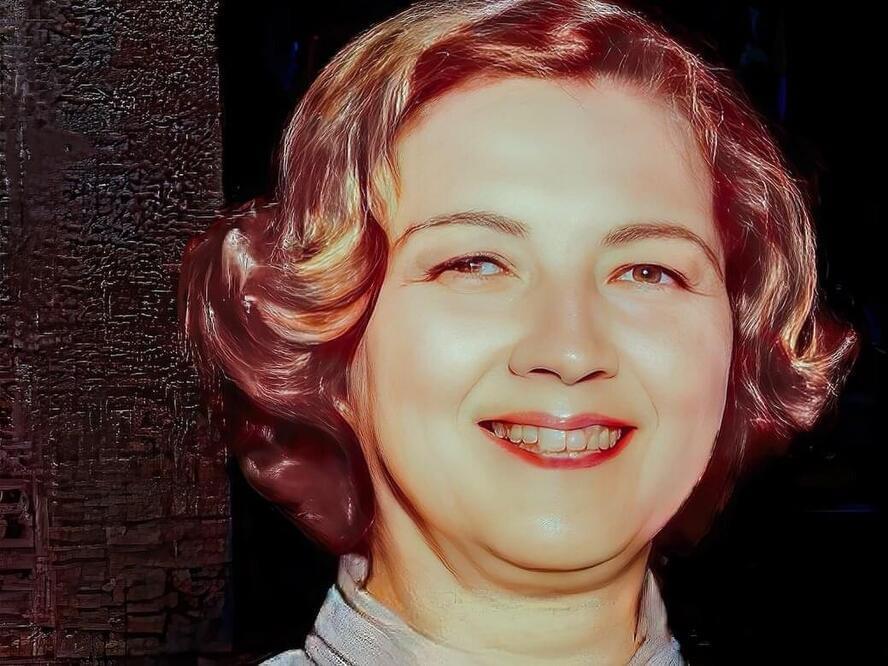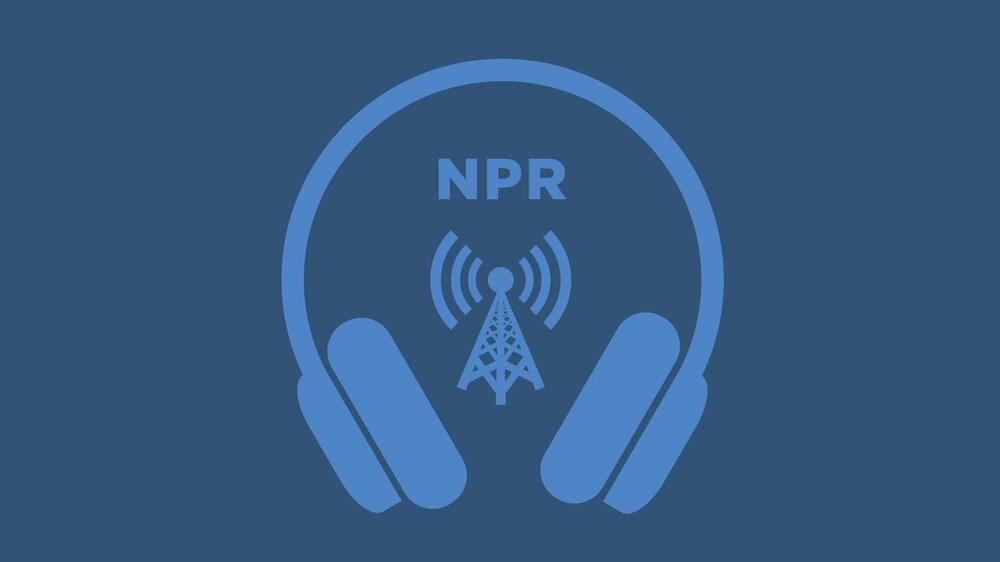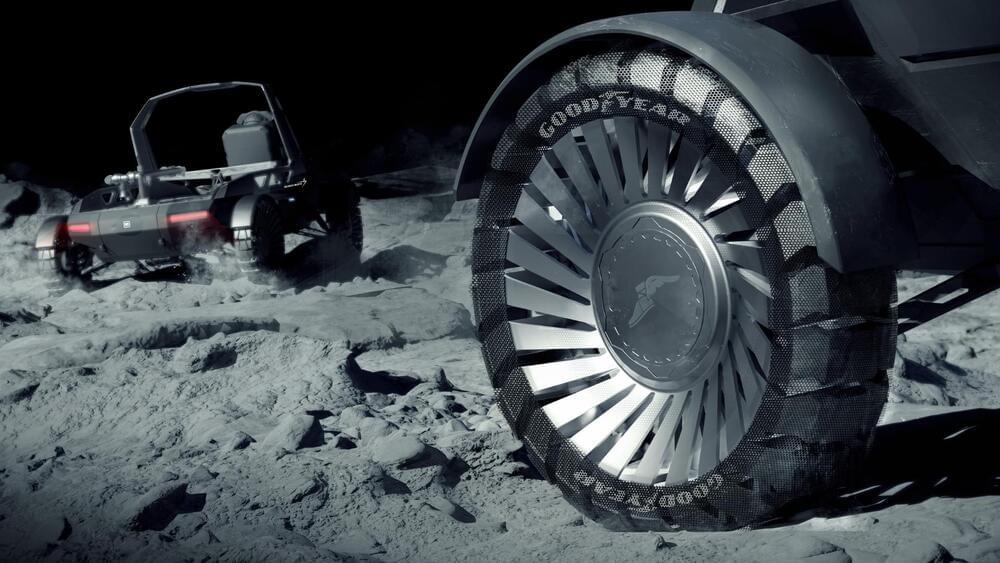Mark T. Vande Hei did experiments, spacewalked, and even did house chores and worked out. He loved to meditate with Earth in full view.


The NASA/ESA/CSA James Webb Space Telescope is showing off its capabilities closer to home with its first image of Neptune. Not only has Webb captured the clearest view of this peculiar planet’s rings in more than 30 years, but its cameras are also revealing the ice giant in a whole new light.
Most striking about Webb’s new image is the crisp view of the planet’s dynamic rings — some of which haven’t been seen at all, let alone with this clarity, since the Voyager 2 flyby in 1989. In addition to several bright narrow rings, the Webb images clearly show Neptune’s fainter dust bands. Webb’s extremely stable and precise image quality also permits these very faint rings to be detected so close to Neptune.
Neptune has fascinated and perplexed researchers since its discovery in 1846. Located 30 times farther from the Sun than Earth, Neptune orbits in one of the dimmest areas of our Solar System. At that extreme distance, the Sun is so small and faint that high noon on Neptune is similar to a dim twilight on Earth.

Scientists have long studied the work of Subrahmanyan Chandrasekhar, the Indian-born American astrophysicist who won the Nobel Prize in 1983, but few know that his research on stellar and planetary dynamics owes a deep debt of gratitude to an almost forgotten woman: Donna DeEtte Elbert.
From 1948 to 1979, Elbert worked as a “computer” for Chandrasekhar, tirelessly devising and solving mathematical equations by hand. Though she shared authorship with the Nobel laureate on 18 papers and Chandrasekhar enthusiastically acknowledged her seminal contributions, her greatest achievement went unrecognized until a postdoctoral scholar at UCLA connected threads in Chandrasekhar’s work that all led back to Elbert.
Elbert’s achievement? Before anyone else, she predicted the conditions argued to be optimal for a planet or star to generate its own magnetic field, said the scholar, Susanne Horn, who has spent half a decade building on Elbert’s work.

Anticipates mind uploading.
This week, we bring you a Tale by one of the lesser known greats of 1950s science fiction, Frederik Pohl. “The Tunnel Under the World” first appeared in Galaxy magazine in 1955, which Pohl himself would go on to edit from 1959 to 1969. His career spanned nearly 75 years and saw him win many awards for his writing, including novels and, shortly before his death, his blog. He won four Hugo awards and three Nebula awards, winning both for his seminal 1977 novel “Gateway”.
In this short story, Guy Burckhardt awakes after a horrible dream to find not everything in his small town is how he remembered it…
If you’d like to support The Well Told Tale, please visit us on Patreon: https://www.patreon.com/thewelltoldtale.
Books — (buying anything on Amazon through this link helps support the podcast):
Platinum Pohl: The Collected Best Stories — https://amzn.to/37BDKpj.
Gateway — https://amzn.to/3yG9xkP
Beyond the Blue Event Horizon — https://amzn.to/3CHqWfm.
I would like to thank my patrons: Toni A, Joshua Clark, Maura Lee, Jane, John Bowles, Glen Thrasher and Ruairi.

Webb can image the entire planet at once in high resolution at a short exposure time, allowing for the study of dust storms, weather patterns and seasonal changes.
The James Webb Space Telescope has captured its first images and spectra of Mars, revealing atmospheric data that previous instruments couldn’t detect.
Captured with its Near InfraRed Camera, or NIRCam instrument from JWST’s position around a million miles (1.6 million kilometers) from Mars, on September 5, along with data from its Near InfraRed Spectrometer (NIRSpec), the images were released on Monday, September 19, at the Europlanet Science Congress 2022.

They say lonsdaleite could be used to fortify industrial tools like drill bits and saw blades — AND teach us about the evolution of earth.
AYESHA RASCOE, HOST:
Move over, diamonds. There’s stronger bling in town. Meet lonsdaleite — for years just a theory. Now CNN reports that scientists have confirmed its existence on Earth. While diamonds and lonsdaleite are both made of carbon — get ready for this — the former has a cubic atomic structure, and the latter has a hexagonal structure. So what’s the big difference? That hexagonal structure makes the stone 58% stronger than regular diamonds. Lonsdaleite was found in a meteorite that scientists say came from a dwarf planet that was billions of years old. An asteroid crashed into that planet, releasing pressure that caused the stone to form. The hardness of lonsdaleite could be useful in making super durable tools for industrial sites. But scientists also say this discovery can teach us about the interactions of the universe and ultimately how Earth evolved as a planet.

An instrument designed to detect seismic activity on Mars has just revealed an incredibly cool new ability, detecting faint tremors from meteorites impacting the red planet.
By combining data collected from the NASA’s Mars InSight lander with information from the Mars Reconnaissance Orbiter researchers have successfully linked those ground-shaking booms with freshly formed craters.
Not only does this help us understand the impact processes that continue to shape Martian geology, it demonstrates how collecting seismic data can reveal information beyond expected mission parameters. This may help inform future exploration of other worlds.


Just like more than a half-century ago, the same company will work with NASA again.
Goodyear rolled up its sleeves to produce lunar vehicle tires in collaboration with Lockheed Martin and General Motors. The project is expected to be ready in 2025.
The companies hope to be the first to establish long-term commercial vehicle operations on the Moon. Goodyear offers its vast expertise in tires, a mission-critical component for traversing the lunar surface.
Goodyear.
The project is expected to be ready in 2025.